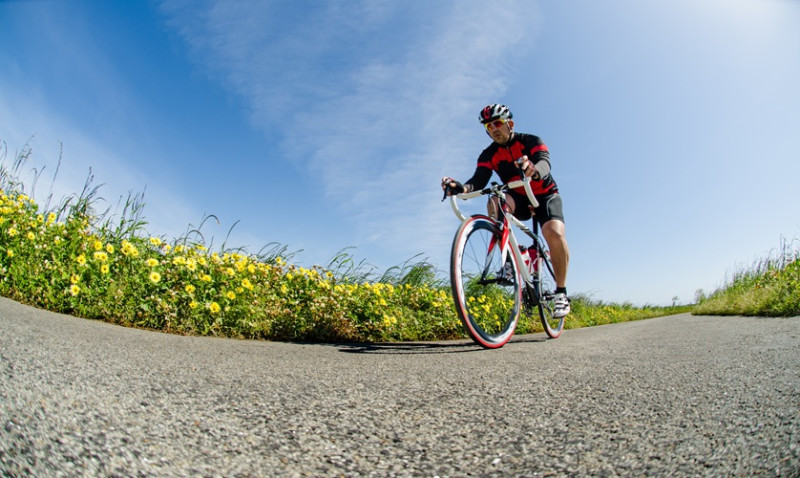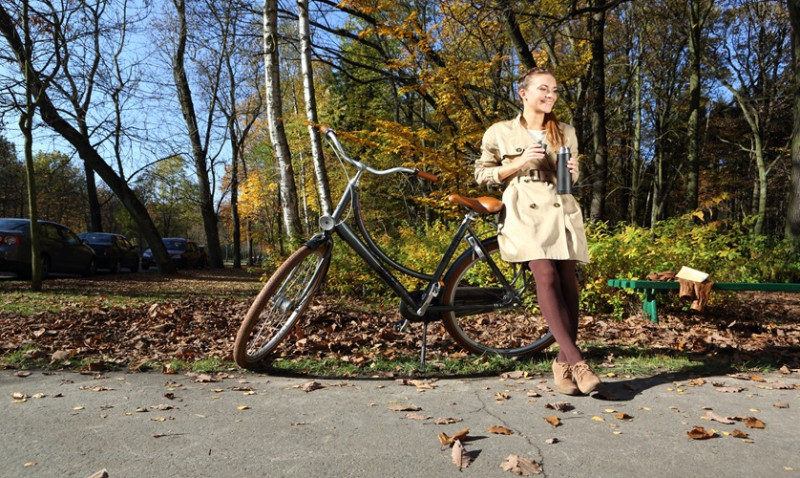
Whether you're a weekend adventurer, a cycling commuter, or a pro-level rider, choosing the right bike can be a daunting task. With so many styles, specs, and designs, one essential element that often gets overlooked is bicycle geometry. This refers to the relationship between different parts of the bike frame, and it plays a huge role in how your bike handles, how comfortable it is, and how suitable it is for various riding styles.
For anyone living in the UK — from DIY enthusiasts in rural towns to young professionals commuting across London — understanding bike geometry will make all the difference in finding the perfect ride. In this article, we break down the basics of bicycle geometry in plain English to help you buy smarter and ride better.
Why Geometry Matters More Than You Think
Imagine designing your dream home without knowing your room dimensions — you'd risk building something that doesn't quite suit how you live. The same goes for bikes. Geometry might seem like a technical afterthought, but it's actually the blueprint for how a bike fits and feels under you.
Your riding position, the bike's responsiveness, cornering ability, and overall comfort are all determined by the angles and lengths involved in the frame design. Want a bike that climbs hills with ease? Or one that's comfortable on long commutes? Geometry plays a massive part.
Architects and designers familiar with ergonomic and space planning principles will appreciate that a bike's design must support the human body in an active position without compromising performance or comfort. That’s where the fine details like stack, reach, and head tube angle become crucial.
So, before you fall in love with a specific model or colour scheme, take some time to get acquainted with the fundamentals of bicycle geometry. It could be the difference between a bike that gathers dust in the shed and one that gets out on the road every weekend.
Breaking Down Essential Bike Geometry Terms
Bicycle geometry can feel like a new language at first, but you don’t need to be a framebuilder to understand the basics. Let’s take a closer look at the key terms you’ll come across when comparing bikes, especially online or via spec sheets.
| Term | What It Means | How It Affects Your Ride |
|---|---|---|
| Top Tube Length | Horizontal distance between the seat and handlebars | Influences your stretch and reach while riding. Longer = more aggressive position |
| Reach | Distance from the bottom bracket to top of head tube horizontally | Key measurement for determining how stretched out you will be. Important for sizing |
| Stack | Vertical distance from the bottom bracket to the head tube | Higher stack creates a more upright posture; good for comfort and endurance |
| Head Tube Angle | The angle of the frame’s front steering axis | Slack angle (small number) = stable at speed; steep angle = responsive handling |
| Seat Tube Angle | Angle of the seat post in relation to the ground | Steep angles place rider forward for better power transfer, especially on climbs |
| Wheelbase | Distance between front and rear axles | Longer = more stability. Shorter = more agility and tighter turning |
If you’re a tradesman familiar with handling tools and precise measurements, you’ll appreciate how even a few millimetres can drastically change how a bike behaves on the road. This is why comparing geometry charts between models is a smart move before making a purchase.
Bikes for Every Purpose: Matching Geometry to Use
Geometry doesn’t exist in a vacuum – it’s always designed with a specific use case in mind. Whether you’re building a custom bike for urban commuting or investing in a high-performance road machine, understanding intended use is key.
Road bikes typically have aggressive geometry with longer reach, lower stack, and steep head tube angles. These bikes prioritise speed, aerodynamics and handling precision — great for long-distance weekend rides or club racing. However, that geometry can feel harsh and uncomfortable, especially on UK roads riddled with potholes and variable conditions.
Gravel and adventure bikes have more relaxed geometry with a shorter reach and higher stack. These are great for DIY enthusiasts exploring bridleways or forest paths on weekends. The stability they offer makes them excellent for touring or bikepacking too.
Commuter bikes and hybrids prioritise comfort. Their geometry allows for an upright posture that reduces strain on the back and enhances visibility in traffic — ideal for young professionals riding into work across Birmingham, Manchester, or Edinburgh.
Professional tradespeople and architects constantly navigating building sites or city streets may also gravitate toward folding bikes or cargo bikes with utility-focused geometry. They're built more for practicality than speed but are brilliantly functional.
Fit Over Fancy: Choosing the Right Size
Just like buying workwear or PPE, you wouldn’t settle for the wrong size — so don’t make that mistake with your bike. Even more than the right geometry type, the right frame size ensures a safe and comfortable ride.
Bike sizes are usually listed in centimetres (road bikes) or inches (mountain and hybrid bikes), corresponding to the seat tube length. However, two bikes with the same size label can fit very differently depending on geometry.
Instead of obsessing over size labels, use reach and stack numbers to determine fit. Many bike brands offer online fit calculators where you input your height and inside leg length. Even better, visit a local UK bike shop for a proper fitting session.
Design professionals and DIYers know that functionality must never take a backseat to aesthetics. A poorly fitting bike looks great in photos but performs terribly in life. Don’t be swayed by a slick design or discounted price tag — if it doesn’t fit right, it won’t deliver the performance or comfort you’re hoping for.
Geometry and Comfort: Think Long Term
If you’re planning to use your new bike regularly, whether for commuting, fitness or weekend fun, comfort is crucial. Geometry has a significant impact on how comfortable your ride is over time. It dictates how much pressure is put on your wrists, back, neck and knees.
Generally, a more upright geometry is better for comfort. That means a taller head tube and higher stack. These bikes put less strain on your body and keep your posture neutral — ideal if you’re carrying weight in a backpack or panniers.
Meanwhile, bikes with lower stack and longer reach provide a racier, aerodynamic stance but may lead to discomfort on longer rides unless you're flexible and accustomed to that position. Think hard about what kind of riding you’ll actually be doing most of the time.
This comfort consideration is especially relevant for tradesmen who are active all day — the last thing you want is to hop on an uncomfortable bike for your commute only to arrive at the jobsite stiff and sore.
Final Thoughts: Make Geometry Your First Question, Not Your Last
In the end, great bike geometry is about matching your riding goals, daily routine, and body type to a bike that complements your lifestyle. Don’t just go by brand names or social media hype. Take the time to understand the shape and proportions of your potential bike — it will tell you far more than the materials or groupset ever will.
Many UK cyclists make the mistake of buying with their eyes, choosing based on looks or trends. But your first question should always be, “What’s the geometry like?” Get that right, and everything else — comfort, safety, performance — will fall into place.
Whether you’re an architect designing clean spaces, a tradesman navigating site traffic, or a young designer investing in a versatile ride, remembering the role of geometry could save you money, improve your comfort, and help you fall in love with cycling all over again.





